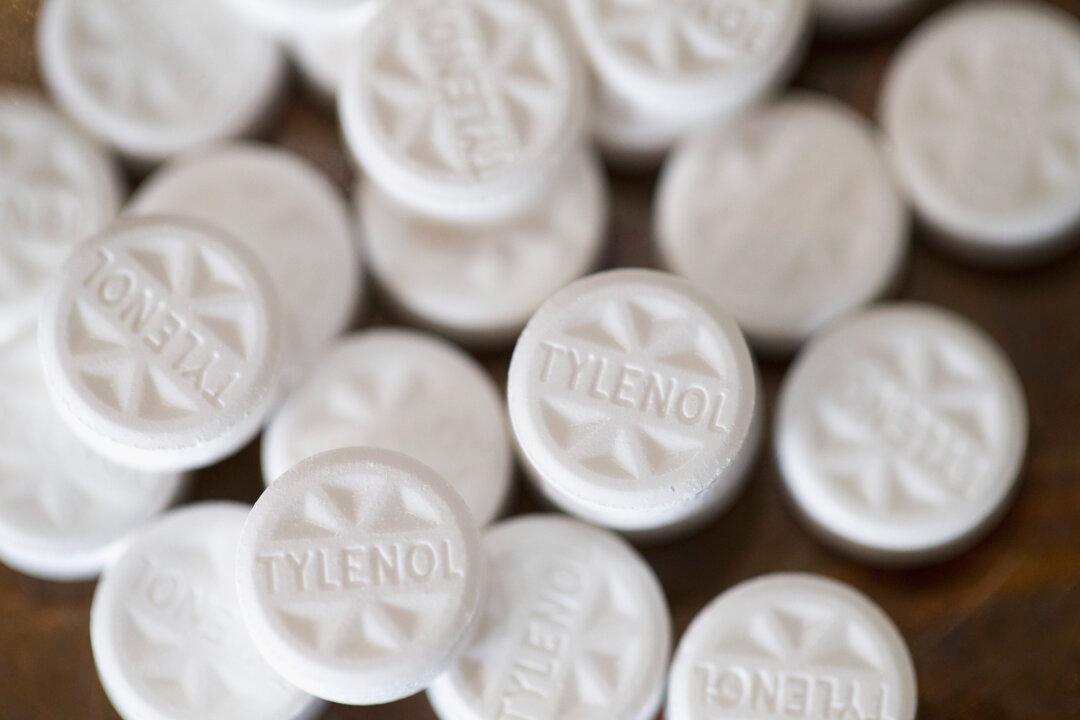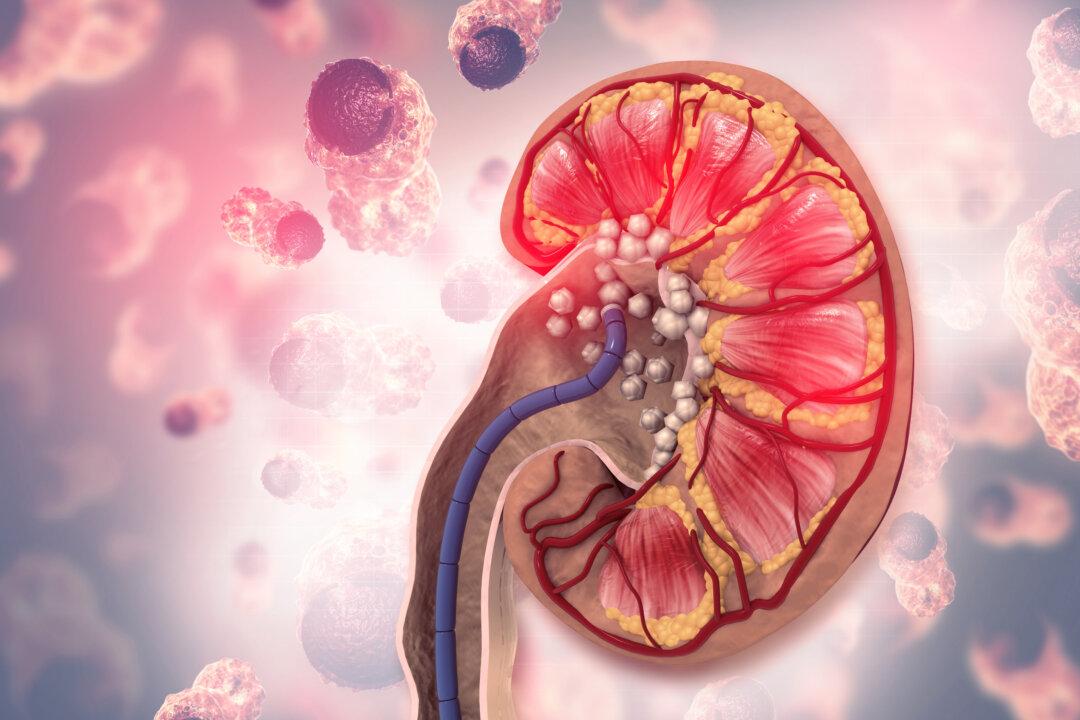Pain relievers are convenient medications that can relieve pain in the body. Whether it is headache, fever, muscle pain, stomach pain, or period pain, people are used to taking pain relievers to stop the pain.
However, as long as the drugs are metabolized by the liver and kidneys, the liver and kidneys are vulnerable to damage if painkillers are not taken properly.






